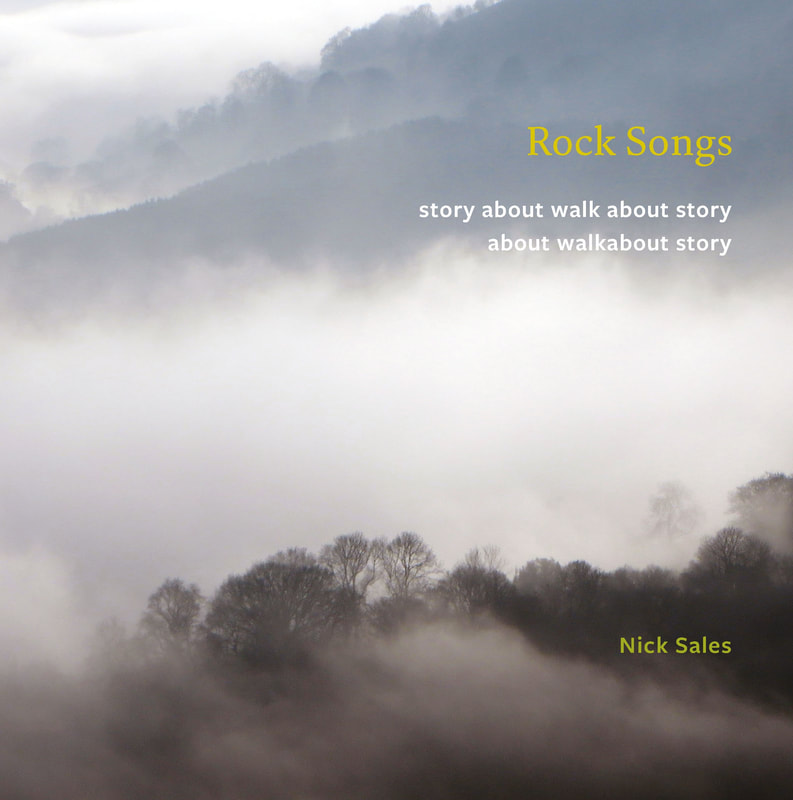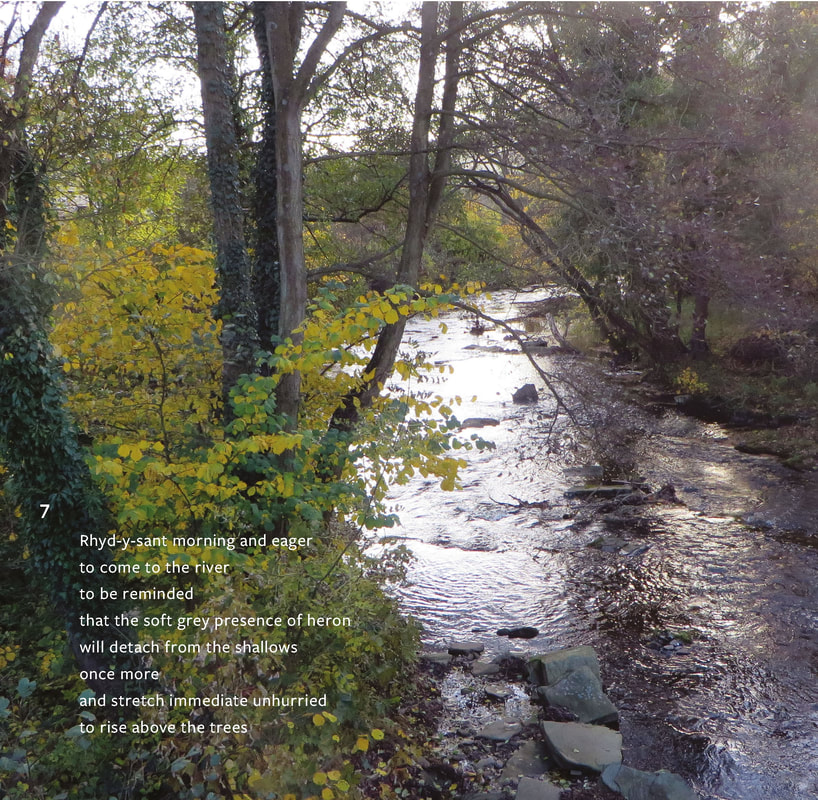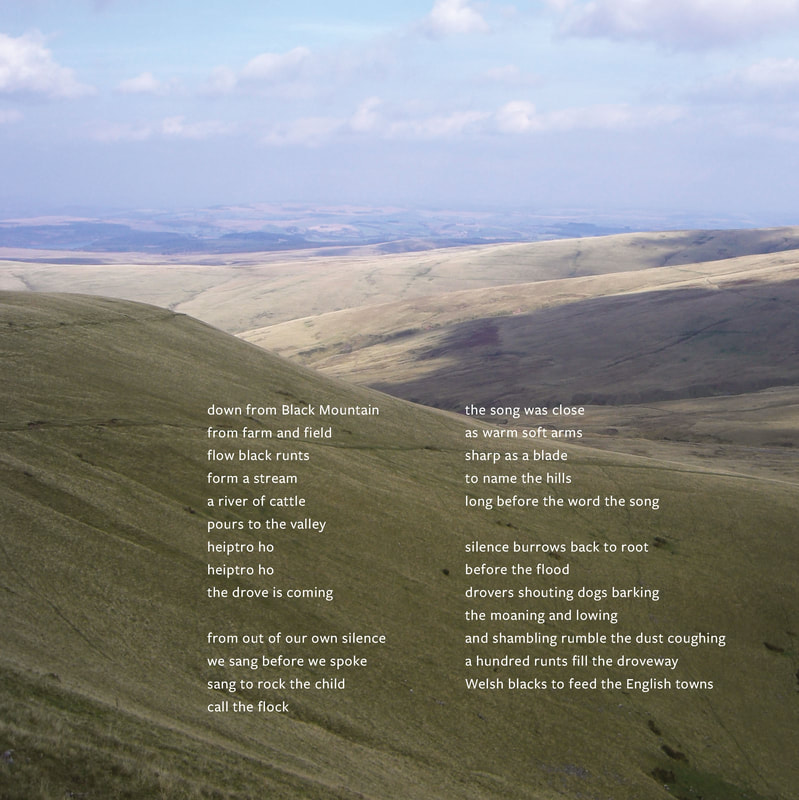|
Published: April 2022
List Price: £20 Format: ~ Paperback - 98 pages Size: 21 x 21cm ISBN: 978-1-913743-51-2 Tags: movement, dance, somatics, embodiment, Sawdde, Tywi, Towy, Llandeilo, performance, Suprapto Suryodarmo, Amerta Movement Use promotion code tpdirect at checkout for a 20% discount.
Buy the pdf (£12.50)Click the 'Buy' button below. At checkout, click No postage on ebooks from the dropdown.
After paying, we will send an immediate confirmation and email your ebook file within 24 hours. PDF ISBN 978-1-913743-53-6
version: bookmarked pdf (pdf text cannot be edited, printed or copied - email us if you need this capability.) Related titles:Attending to Movement
Body and Awareness Covert Nine Ways of Seeing a Body Embodied Lives Body & Performance Suomenlinna | Gropius See our other titles in: Movement & Somatics Mythogeography & Walking People in Society |
Rock Songs
|




